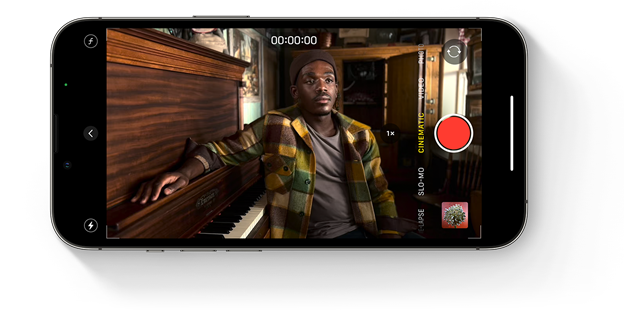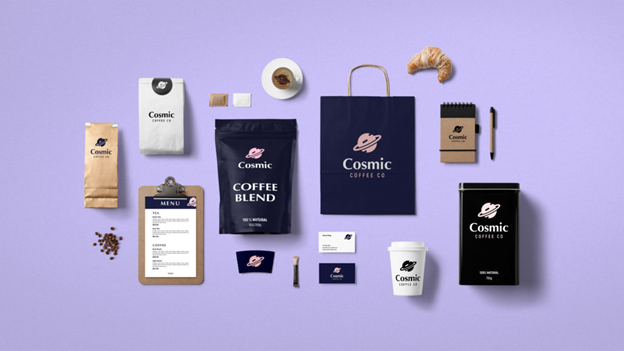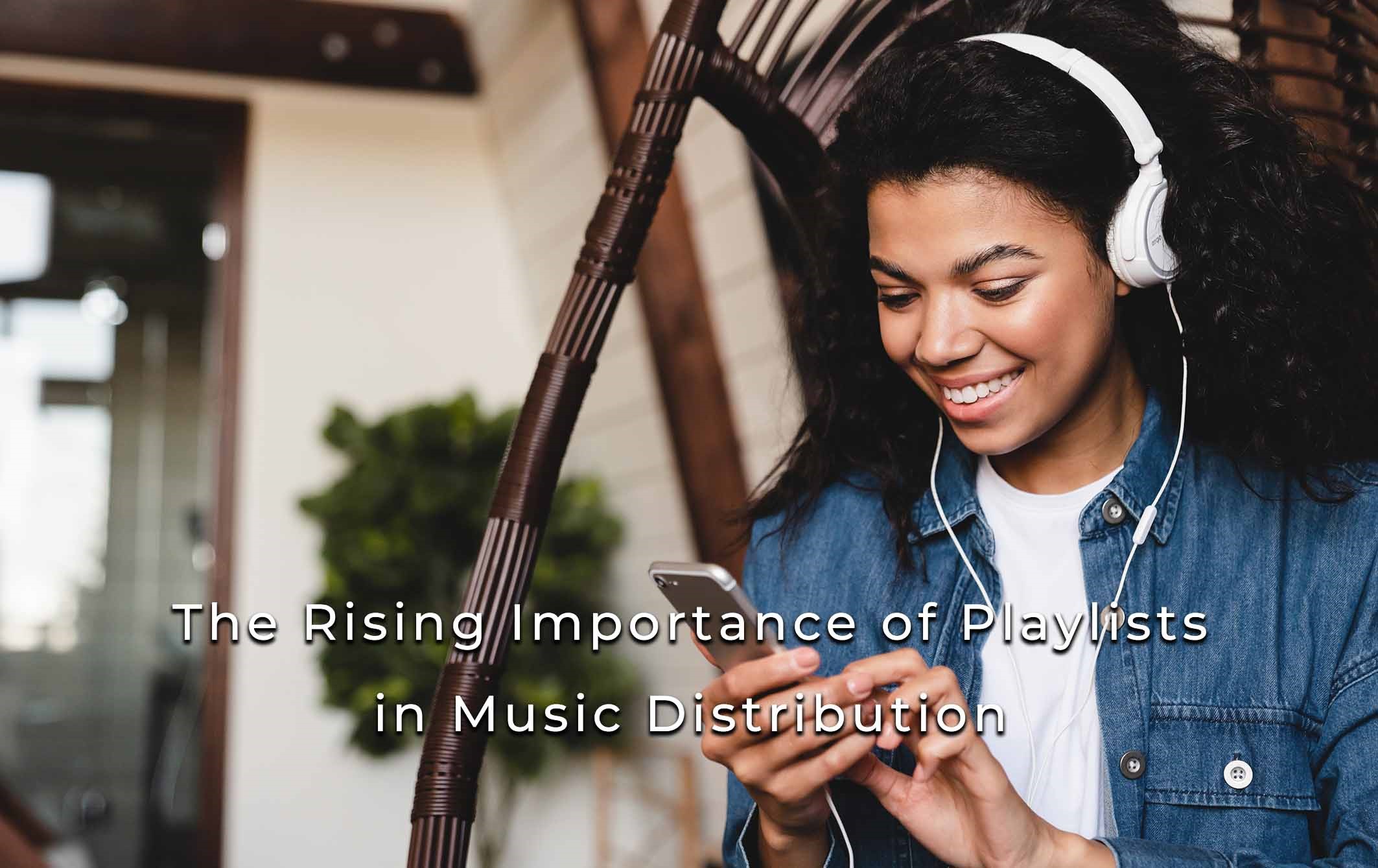Website Design Services: Get Custom Sites Optimized for SEO and Mobile
Today's world is dominated by mobile devices. people have shifted from huge desktops to smartphones. 90% of the population relies on mobile for their day-to-day online tasks. You should carefully evaluate how your website functions and appears on smaller displays. The goal is to optimize your web design site such that it works properly and is still simple to use on mobile devices, especially if you don't want to face search engine penalties.
Create a mobile responsive web design
A website must have a responsive design in order to be mobile-friendly. By utilizing responsive design, you make sure that your website can be viewed on any device. They can navigate your page with ease and scroll your website properly.
Consider trying to use a mobile device to visit the desktop version of a website. It would show the content in a haphazard manner. You'll lose more leads if your website lacks responsive design. Visitors won't likely stay on your website if they can't readily access and read your content.
Use AMP for speed boosting
To guarantee that mobile webpage's load as quickly as possible, Google started the open-source Accelerated Mobile Pages initiative. This implies that including AMP on your website will provide you with a number of significant advantages.
Firstly, AMP enables to load the pages almost instantaneously, providing visitors with a smoother, more engaging experience on both their mobile and desktop devices. This results in higher performance and engagement. Secondly, companies can choose which technology providers to work with while preserving and enhancing performance indicated by KPIs. They can also choose how to present their content.
Use CSS and Java
Although not perfect, Java is a commonly used platform that, along with CSS and image files, forms the basis of a responsive, mobile-friendly website. Trying to make your website widely compatible should be one of your key objectives here. It should be readable on almost any device that people might want to see it on, which typically entails employing code and tools that are widely recognized. The simpler a thing is, the more efficiently it will work on your device. Designing for different screen sizes is made easier with CSS grid layouts. Responsive HTML is useful in producing an adjustable screen and orientation according to the size of a device.
Use small-sized pictures
When working with mobile devices, the objective is to produce photos that are as little in file size as possible while yet appearing clear and sharp on the device's screen. The ideal size of an image should be 640 by 320 pixels so that it can load easily on any smartphone. This is because mobile devices' bandwidth is significantly lower than that of desktop computers, which results in slower loading times. You can lower their size without sacrificing their quality by compressing them. Your website and app's user experience will significantly improve if you employ progressive JPEGs. You can accomplish this with the use of a number of both free and paid tools.
Eliminate the use of flash
Adobe Flash ruled the early years of the Internet. However, flashy designs became less popular when sleek, straightforward layouts like those found on Google, Medium, Craigslist, Facebook, and Amazon came into the market. Generally speaking, Flash is not supported by many mobile devices anymore. The reason behind it is the fact that if your website uses Flash, it won't function properly on any mobile web design site. Even on desktops, Flash is an outdated technology that no one likes. Thus, it is always preferred to avoid using Flash.
Create a separate mobile URL
Mobile-friendly websites tend to develop a unique mobile URL when they are designed for mobile. You can build a different site just for mobile users by giving it a unique mobile URL. It enables you to provide a unique user experience for those who access your website on mobile devices. A mobile URL often looks like "m.website.com" or "website.com/mobile," and when users access your site via one of these, they experience a mobile-friendly version of it. Users can now enjoy your website on mobile through this feature. Additionally, you must configure rel="canonical" to prevent problems with duplicating content.
Optimize Tags and meta descriptions
Your title tags and meta descriptions are crucial components of mobile SEO. Whether someone clicks on your listing in the search results is determined by two factors- tags and meta descriptions.
- Tags: Title tags help a mobile user to decide quickly whether the page has relevant information which he is searching for. You must optimize your title tag so it fits on a mobile screen if you want to attract more relevant mobile visitors to your website.
- Meta description: Mobile customers frequently utilize your meta description to decide whether or not to click on your listing because they need information quickly. If your meta description is brief and informative, you'll attract more mobile people to your website.
Adjust the Content size
Make it simple for visitors to scroll through your content if you wish to develop mobile-friendly content. For instance, limiting paragraphs between two and three lines will make it simpler for readers to read your post. You must also optimize the fonts of your text for smaller screens.
Apply Size percentages
We advise you to use percentages to increase the responsiveness of your website. As mobile screens are smaller as compared to desktops, the size of visual elements should also be small. Decrease the width of items like photos, pop-ups, buttons, arrows, and call to action on the page to a reasonable value. This makes it easier to provide the same experience across a variety of devices and guarantees that each image has the same effect.
Use pop-ups smartly
Using pop-ups smartly is also essential to optimize a web design site for mobile. Users will become irritated if your pop-up fills up the entire mobile screen or if you are using a lot of pop-ups. The information they came to your site for won't be visible to them if the pop-up is too big. Pop-ups shouldn't be used excessively on mobile devices because they may turn visitors away. You must use the pop-ups carefully where needed and only on the part of the page where the pop-up is most necessary so as to avoid hiding crucial information. Additionally, make sure your pop-up offers a clear cross or "x" at the top or another clear and easy means to close it.
FINAL WORDING
Always consider the device's orientation so that users will view the information when adding drop-down menus, images, or videos. Mobile optimization is different from that of desktop and thus requires different strategies for web design optimization.
If your efforts fail, you shouldn't feel guilty about hiring experts to make mobile-friendly web design. A web development company takes over the responsibility to create a responsive mobile website that can create great leads. Influencive Media is a leading web development company which have expert solutions to the queries related to your website.
Making your current web design mobile-friendly might involve some expenditure, but given the rise in mobile users and Google's new algorithm, you could argue that it's a wise and worthwhile investment.

















.webp)









